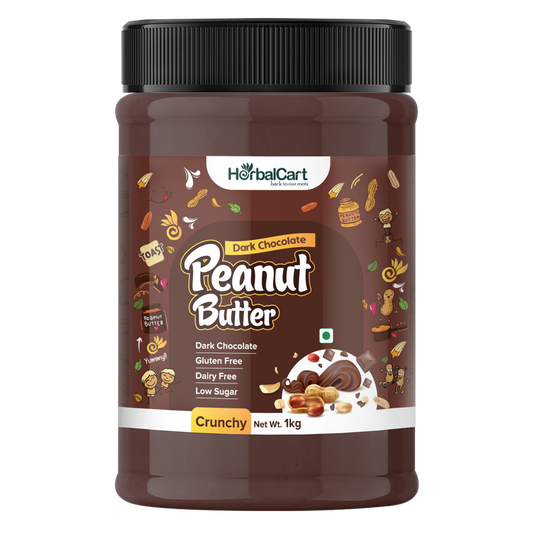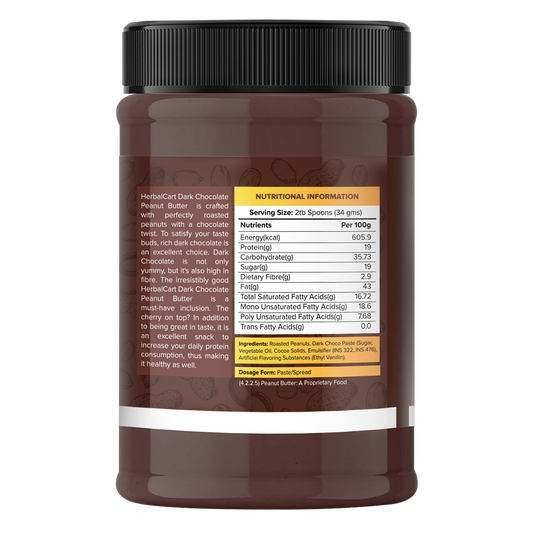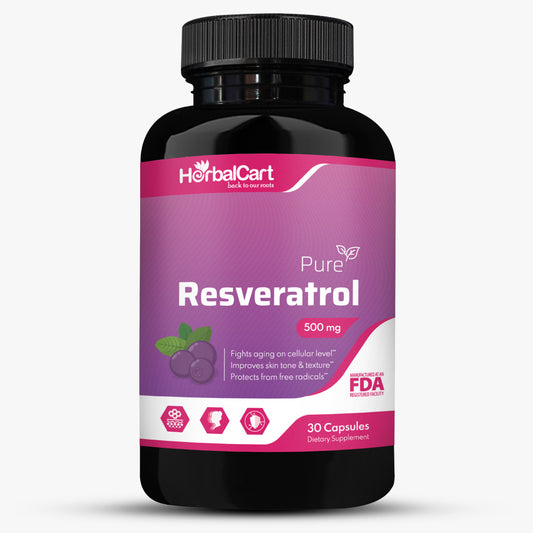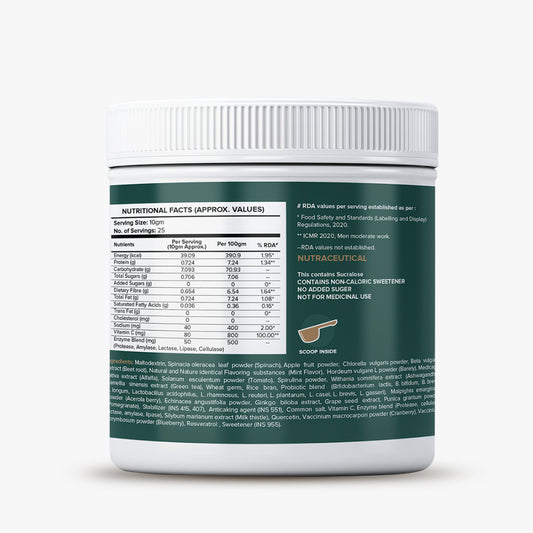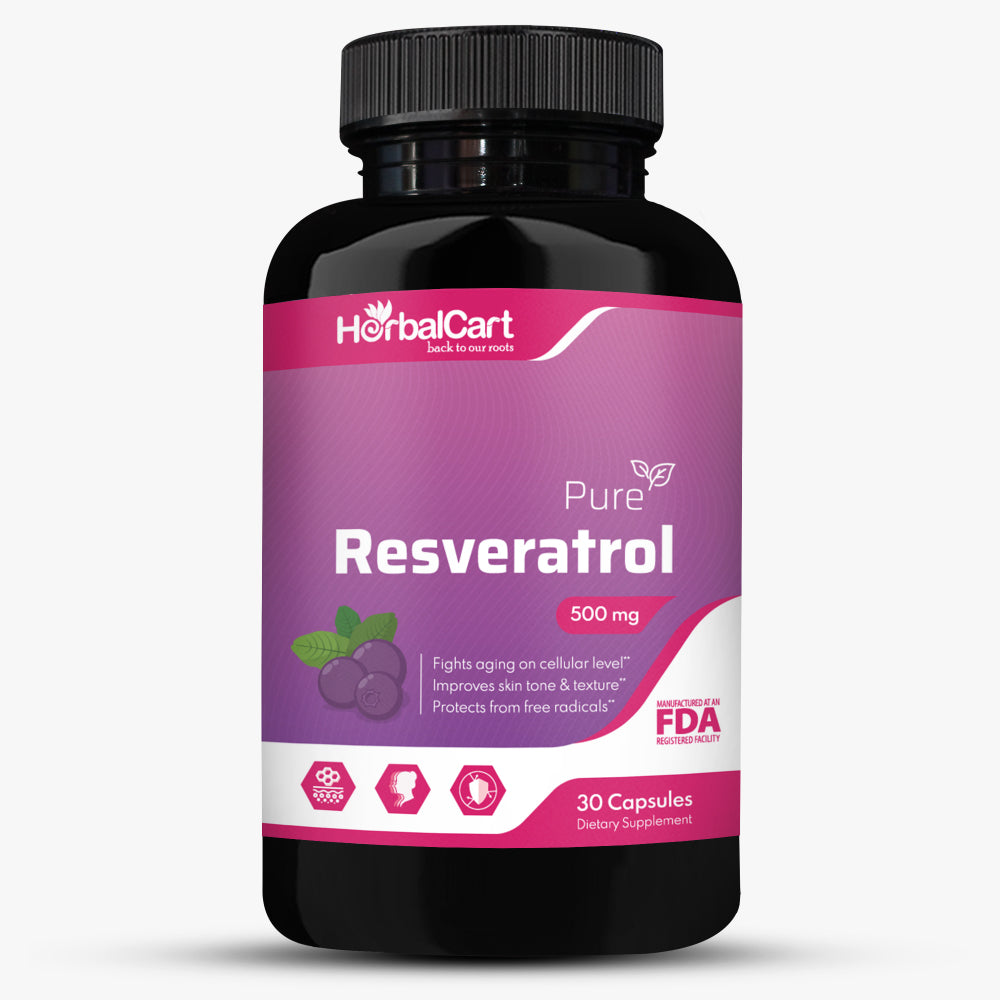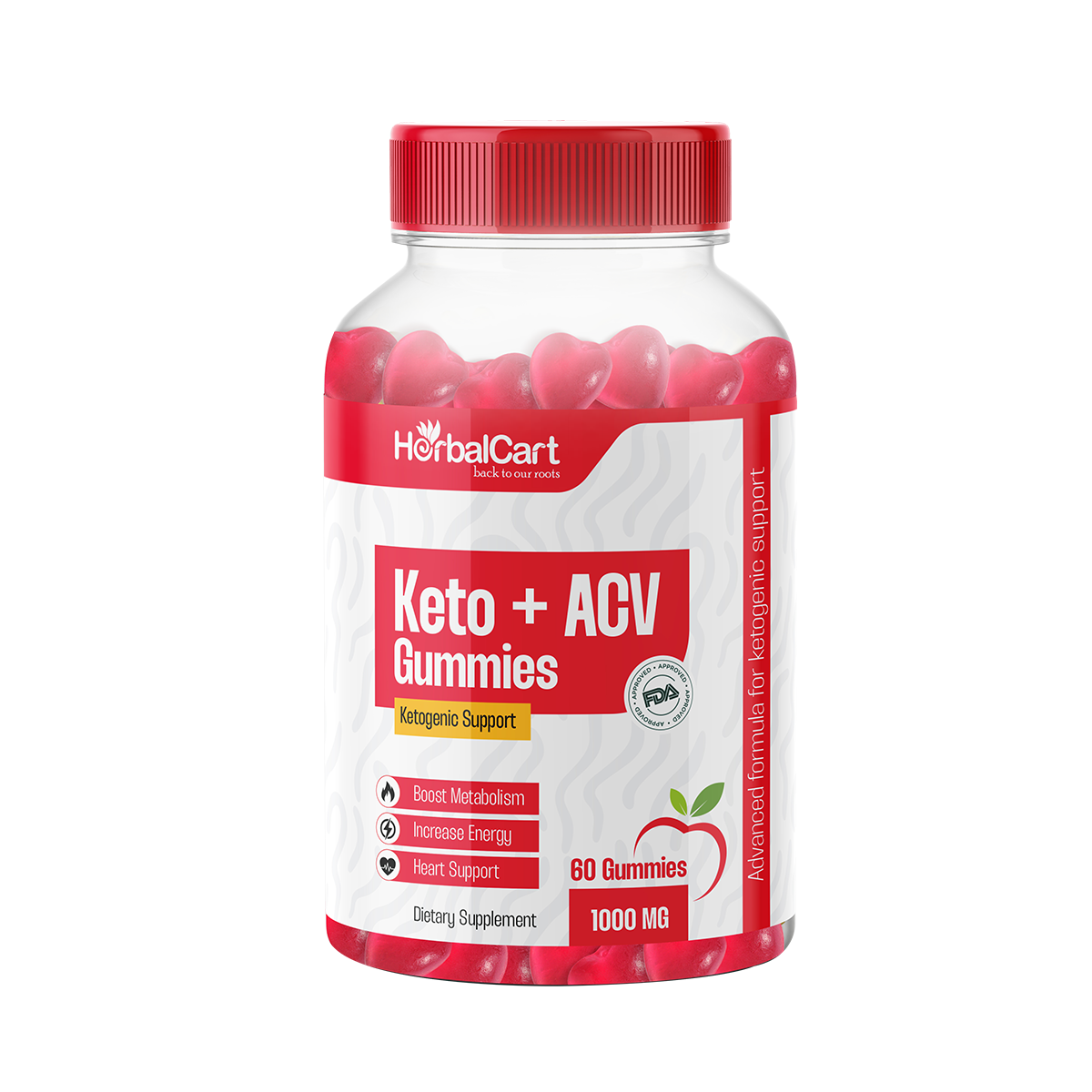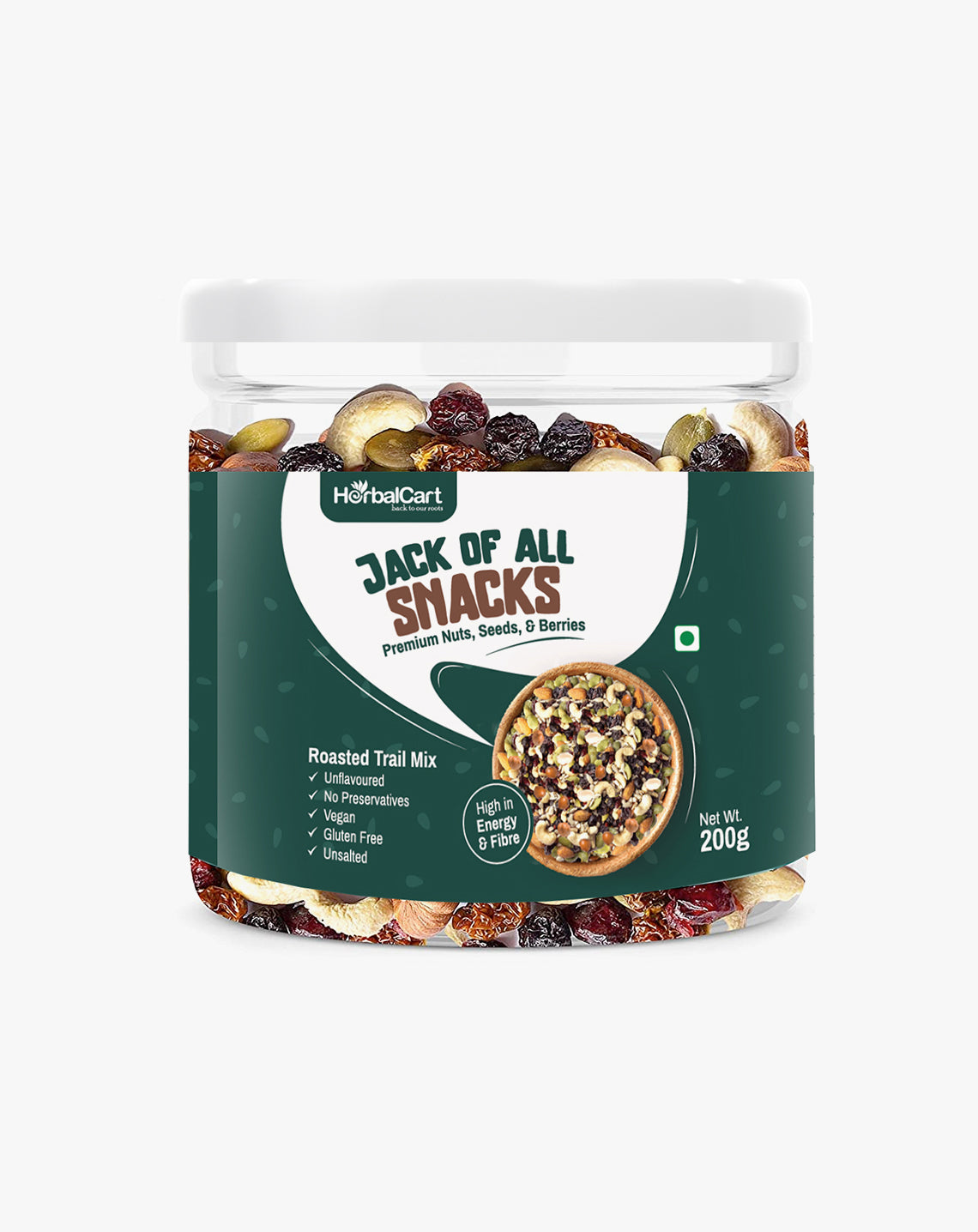Disclaimer: Rapid weight loss may lead to certain health risks, including slow metabolism, muscle loss, and nutrient deficiencies. Before changing your diet drastically or changing your exercise routine, consult a healthcare professional.
Losing 15 pounds in two weeks requires significant dietary adjustments, exercise, and lifestyle modifications. Initially, water weight is lost followed by fat loss. A strategic approach ensures results while minimizing health risks.
Losing 15 Pounds in 2 Weeks- Is It Possible?
Losing 15 pounds in such a short period requires an aggressive calorie deficit, intensive physical activity, and strict dietary choices. Moreover, it is quite challenging and should be approached carefully to avoid muscle loss or other health issues.
Steps to Lose 15 Pounds in 2 Weeks

1. Create a Calorie Deficit
To do so, you must consume fewer calories than your body burns, as it will make your body utilize stored fat for energy.
-
Consume 1200–1500 calories daily to stay in a significant deficit while consuming essential nutrients.
-
Increase protein intake to preserve muscle mass and for an active metabolism. Include eggs, fish, lean meats and legumes in your diet.
-
Keep away from refined carbohydrates and sugars to refrain from fat accumulation and blood sugar spikes.
-
Increase fiber intake from vegetables, whole grains, and legumes to promote satiety and improve digestion.
-
Plan meals in advance to avoid impulsive eating and stay within calorie goals.
-
Use portion control techniques like measuring servings and using smaller plates while eating.
2. Engage in High-Intensity Exercise
Exercise plays a crucial role in accelerating fat loss and preserving muscle.
-
Strength training builds and maintains lean muscle mass, which helps burn more calories even at rest.
-
Cardio exercises like swimming, running, and cycling burn calories and enhance cardiovascular health.
-
High-Intensity Interval Training (HIIT) involves intense activity for a short duration followed by limited rest; thus, burns fat in less time as well as improves endurance.
-
Daily movement such as walking, stretching, and taking the stairs keeps your body active throughout the day.
-
Consistency matters, so aim for at least 30-60 minutes of exercise daily, alternating between strength and cardio for optimal results.
3. Hydration and Fluid Balance
Water plays a significant role in weight loss by regulating metabolism, reducing bloating, and flushing out toxins.
-
Drink at least 8-10 glasses of water regularly for hydration and improved digestion.
-
Avoid sugary beverages and alcohol, as they contain empty calories and slow down fat loss.
-
Green tea and black coffee contain natural compounds that support fat oxidation and metabolism.
-
Lemon water promotes both hydration as well as digestion.
-
Coconut water and other electrolyte drinks replenish lost minerals and support electrolyte balance to prevent fatigue.
4. Sleep and Stress Management
Lack of sleep and increased stress levels increase weight via increased cravings, disturbed metabolism, and fat accumulation.
-
7-9 hours of quality sleep is essential for healthy fat loss and muscle recovery.
-
Stress management techniques like yoga, meditation, and deep breathing help to restrict emotional eating.
-
Avoid late-night snacking, as the body’s metabolism slows down during sleep, leading to fat accumulation.
-
Reduce screen time, follow a consistent schedule, and avoid caffeine in the evening to fix bedtime routine and improve quality of sleep.
5. Avoid Processed Foods
Highly processed foods are loaded with sugar, unhealthy fats, and excessive sodium, all of which hinder weight loss.
-
Prioritize unprocessed, nutrient-rich foods such as fruits, vegetables, lean proteins, and whole grains.
-
Reduce consumption of fast food and fried items, as they are calorie-dense and provide little nutritional value.
-
Prepare home-cooked meals to control ingredients, portion sizes, and avoid hidden additives.
-
Read food labels to identify and avoid added sugars and preservatives.
Meal Plan for 2 Weeks

This structured meal plan is designed to maintain energy levels, provide essential nutrients, and support fat loss while keeping calories in check.
Days 1-7
The first week emphasizes high-protein, fiber-rich meals to stabilize blood sugar, promote satiety, and prevent cravings.
-
Breakfast: Scrambled eggs with spinach and whole-grain toast – A protein-packed meal that supports metabolism and muscle retention.
-
Lunch: Grilled chicken salad with olive oil dressing – Lean protein with healthy fats to keep hunger in check.
-
Dinner: Baked salmon with steamed broccoli and quinoa – Omega-3 fatty acids promote fat burning while fiber promotes digestion.
-
Snacks: Greek yogurt, almonds, or an apple – Nutrient-dense snacks to avoid overeating.
Days 8-14
The second week has dietary variety to maintain adherence and ensure nutrient intake.
-
Breakfast: Oatmeal with nuts and berries – For sustained energy, fiber, and healthy fats.
-
Lunch: Turkey lettuce wraps with avocado – A low-carb, protein-packed meal for sustained energy.
-
Dinner: Stir-fried tofu with mixed vegetables – Plant-based protein with fiber for digestive health.
-
Snacks: Cottage cheese, hummus with vegetables – Keeps hunger in check without excess calories.
Additional Tips
-
Frequent small meals regulate hunger and energy levels as well as prevent overeating.
-
Intermittent fasting helps with calorie control by restricting eating to specific windows.
-
Monitor portion sizes to prevent excessive calorie intake even while eating healthy foods.
-
Include healthy fats from nuts, avocados, and olive oil for satiation and metabolism.
-
Track progress using a journal or app to stay accountable and adjust strategies, if needed.
-
Stay active throughout the day via simple yet active habits like taking the stairs, stretching frequently, or standing while working.
Mistakes to Avoid
-
Skipping meals increases hunger later, which leads to overeating.
-
Overeating healthy foods also contributes to excessive calorie intake and hinders progress.
-
Inconsistent exercise may slow weight loss progress and reduce muscle retention.
-
Neglecting hydration can lead to fatigue, reduce performance, and slow metabolism.
-
Extreme diets may cause loss of muscle mass, nutrient deficiencies, and regaining of weight.
-
Lack of protein can result in muscle breakdown and a slow metabolism.
FAQs
How much weight loss is safe per week?
Generally, losing 1-2 pounds per week is safe. However, aggressive short-term strategies lead to faster results.
What is the best exercise for weight loss?
HIIT and strength training are the most effective to burn fat, improve endurance, and preserve muscle mass.
Can I lose weight without exercise?
Though weight loss with diet is possible, exercise boosts fat loss, improves body composition, and improves metabolism.
Will I regain weight after losing it?
Maintaining weight loss requires long-term healthy habits, including balanced eating and regular physical activity.
What foods should I avoid?
Processed foods, sugary drinks, carbohydrates, fried foods, and alcohol should be minimized.
How do I sustain weight loss?
Focus on a balanced diet, regular exercise, and mindful calorie consumption to maintain results.
Does metabolism slow down with rapid weight loss?
Yes, extreme calorie deficit can reduce metabolic rate, making long-term weight maintenance harder.
Should I take weight-loss supplements?
Natural supplements like Keto+ACV, caffeine, or green tea extract, but eating healthy and exercising are the best ways to lose weight.
Final Thoughts
Losing 15 pounds in two weeks requires commitment, structured eating, and consistent physical activity. While rapid results are possible, they must be approached responsibly to ensure long-term health benefits. Adopting sustainable habits, such as eating right, staying hydrated, managing stress and exercising help to maintain the progress beyond the two-week period and support long-term well-being.






